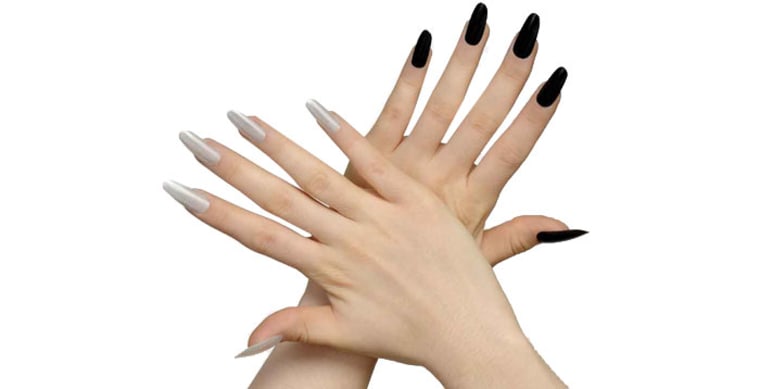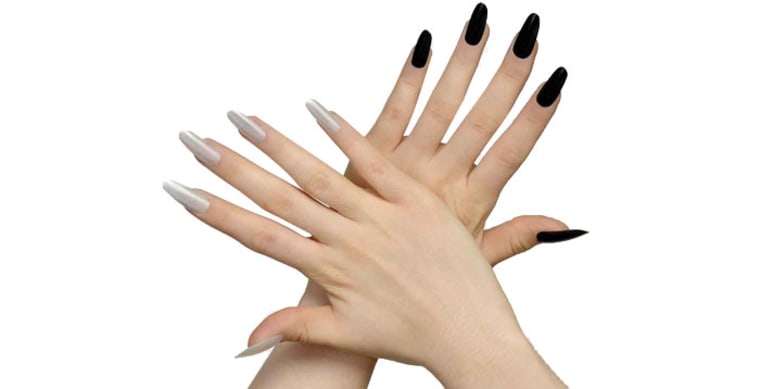
Getting a manicure might seem like perfect excuse to just sit back and relax, but it turns out there are some pretty ugly dangers lurking inside the salon. Sephora nail and gel expert Terri Silacci tells you what to watch out for.
Cutting cuticles can cause permanent damage
Ever notice that some people have wavy nail beds? This permanent condition can sometimes be caused by over-clipping cuticles. “The first rule of cuticle trimming: Do not let the tech cut living tissue,” says Silacci. “An educated tech will gently push back the cuticle and then conservatively trim the dead tissue that is hanging. Everything else stays to protect the nail bed.”
UV sanitizers aren't enough
Nail fungus, nasty viruses, staph...who knows what infections the person ahead of you at the nail station had? Well, actually, you will if your manicurist isn't sufficiently sanitary. “Look at the tools and see if they are the same ones used on the last client. Toe separators, most files and buffers are meant to be disposable and are not easy to sanitize,” says Silacci. And be warned: a quick sit under the light sanitizer isn’t enough to clean them. “These lights are effective [only] when coupled with proper cleaning of dirt and debris, as well as an approved disinfectant,” she adds.
Filing can shred nails
“Filing in one direction with a fine grit file instead of using an aggressive back and forth motion, is important for the integrity of the front edge of the nail, where so many people have problems with peeling and splitting,” says Silacci.
Yellowing isn't normal
A jaundiced-looking French manicure isn't exactly très chic — but it is a common consequence of using a sub-standard product for your final step. “A non-yellowing top coat is what you need to prevent the ‘antique’ look,” says Silacci, who recommends requesting one with built-in UV protection. We like Avon Nail Experts UV Gloss Guard to protect the color fidelity of lacquer.
Skipping steps stains nails
If your salon doesn’t use a base coat specifically designed as a first layer, watch out. “With reds or some darker polishes, you may run the risk of retaining a bit of pigment on your nail bed temporarily,” explains Silacci. “I like to use two coats on the bottom to protect from staining.”
Hangnails don't have to happen
“Hangnails primarily show up on an unsupported, dehydrated nail bed,” explains Silacci of why every good manicurist treats nails with cuticle cream or oil. To stop hangnails from forming post-mani, rub a little over the entire nail and cuticle area daily.
This technique prevents chips
You might already know that reapplying topcoat each day can keep your manicure chip-free longer — but the way your manicurist applies your polish in the first place will also make a big difference in how long your mani lasts. Silacci’s secret? Sandwiching an additional layer of base coat between each of her two coats of color.
A version of this story originally appeared on iVillage.
